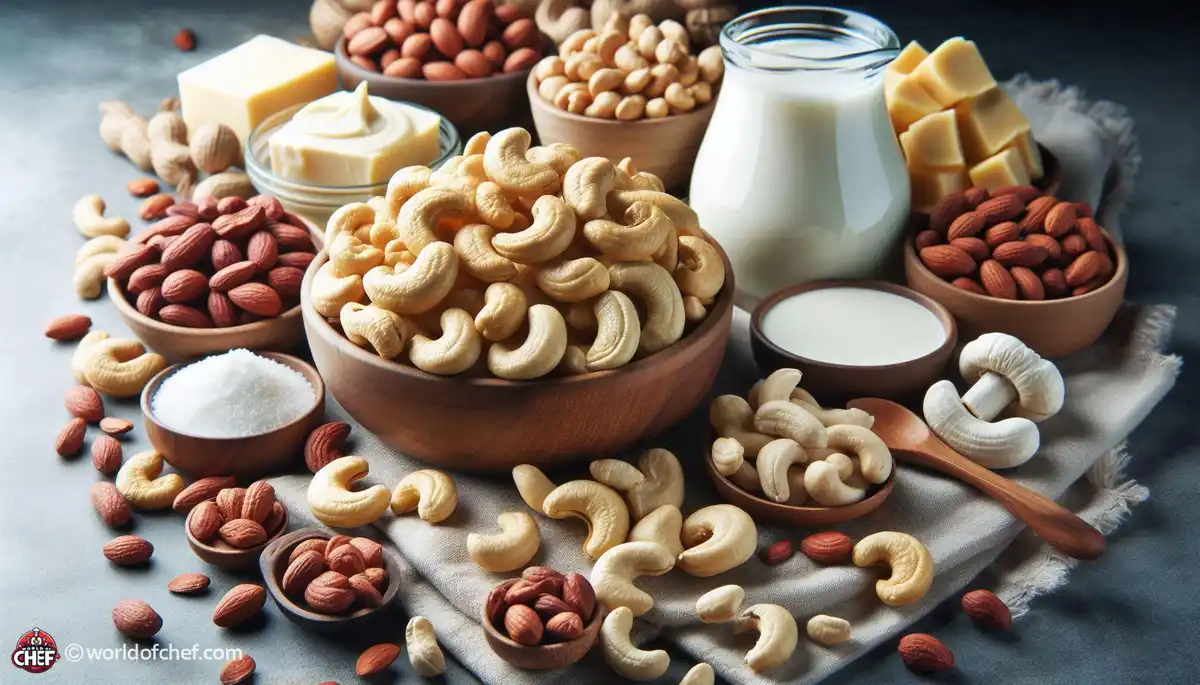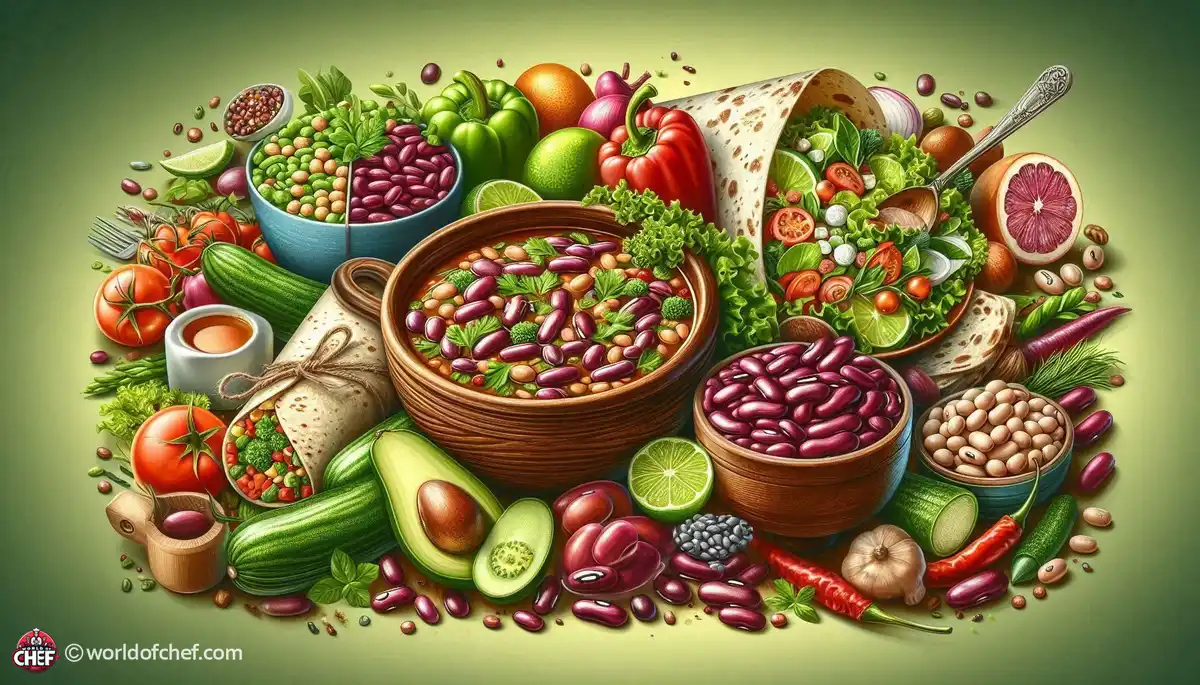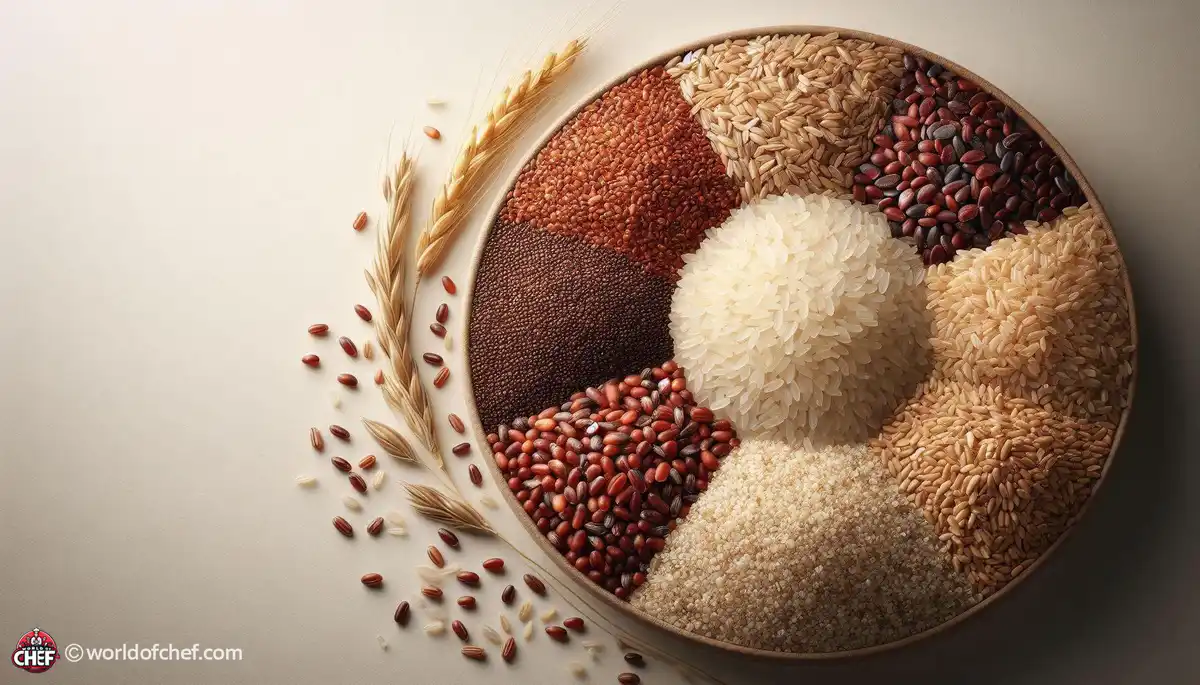
Unveiling the Power of Cruciferous Vegetables in Cancer Prevention
Eloise Jester - Mar 26, 2025 - 8 min read


Cruciferous vegetables are members of the Brassicaceae family. These plants are very nutrient-dense and contain many essential vitamins, minerals, and phytochemicals. Some examples include broccoli, cauliflower, kale, Brussels sprouts, cabbage, and bok choy.
Cruciferous vegetables are simply marvelous. They are rich in dietary fiber, vitamins C, E, and K, folate, and minerals like potassium and calcium. Additionally, they are a source of unique compounds referred to as glucosinolates, which are associated with reduced inflammation and chronic diseases such as cancer and heart disease.
Cruciferous vegetables should be firm and bright and not have spots or signs of wilting. If fresh, they retain their nutritional value and flavor. Choose tightly packed heads of broccoli and cauliflower, crisp Brussels sprouts, and no wilted or yellowing leaves on kale and cabbage.
Store these cruciferous vegetables unwashed in a perforated plastic bag in the crisper drawer of your refrigerator. Don't wash them before storing them as that may invite excess moisture to ruin them. If stored right, these veggies can last for up to a week so you can enjoy them at their best.
Cruciferous vegetables are delicious added to smoothies, especially for a person who won't eat raw or cooked. Combine a handful of kale or spinach with bananas, pineapple, and berries in the healthy dose of happiness.
Roasting cruciferous vegetables really brings out their intrinsic flavors and yields a very appealing caramelization. Chop up broccoli, cauliflower, Brussels sprouts, or mix it up as you like and toss them with olive oil, garlic, and your choice of herbs and spices. Layout on a baking sheet and roast in a hot oven till tender and caramelized brown.
Stir-fries and stir-fries can easily adjust to any other cruciferous vegetables. Add any diced cabbage, bok choy, broccoli, or Brussels sprouts in any stir-fry. Paired with tofu, chicken, or shrimp, the perfect meal is done with nutritious and delicious texture.
Soups and stews are great vehicles for getting a lot of cruciferous vegetables into the mix. Whether you are making an old-fashioned vegetable soup, a hearty stew, or a spicy curry, it will always be good for you in terms of nutritional value by adding broccoli, cauliflower, kale, or cabbage to the mix. Try different Flavor Combinations and textures to make a satisfying meal.
When cruciferous vegetables are overcooked, all the flavor, texture, and nutrients are lost. To retain their nutritional value and be at their tastiest, cook them tender-crisp. In this way, they will retain their natural color and crunch, which is much more palatable.
The mild flavor of cruciferous vegetables can be combined with a variety of herbs, spices, and other ingredients to enhance the flavor and appeal. Add garlic, ginger, lemon zest, or Parmesan cheese to the mix for that extra burst of flavor.
Mix cruciferous vegetables with protein-rich foods like beans, lentils, tofu, or lean meats with healthy fats like avocado, nuts, and seeds for a well-rounded filling meal that will keep you satisfied.
Be innovative, trying to insert cruciferous vegetables into your favorite recipes. The ways to incorporate these nutrient-dense veggies into your diet are as diverse as whether pasta, salads, sandwiches, or wraps. You may want to just take it in stride and you might get some exciting combinations of flavors.
Incorporating more cruciferous vegetables can make you a healthier being for life. Such nutritious and healthy vegetables so rich in nutrients deserve much place on your plate! From raw to cooked forms or blended into smoothies, there are endless chances for including cruciferous vegetables in your meals as well as snacks. Start cooking and get creative: your body will thank you for it!

Eloise Jester - Mar 26, 2025 - 8 min read

Wayne Tobar - Mar 23, 2025 - 6 min read

Harold Turcios - Mar 19, 2025 - 7 min read

Nevaeh Zeng - Mar 16, 2025 - 6 min read